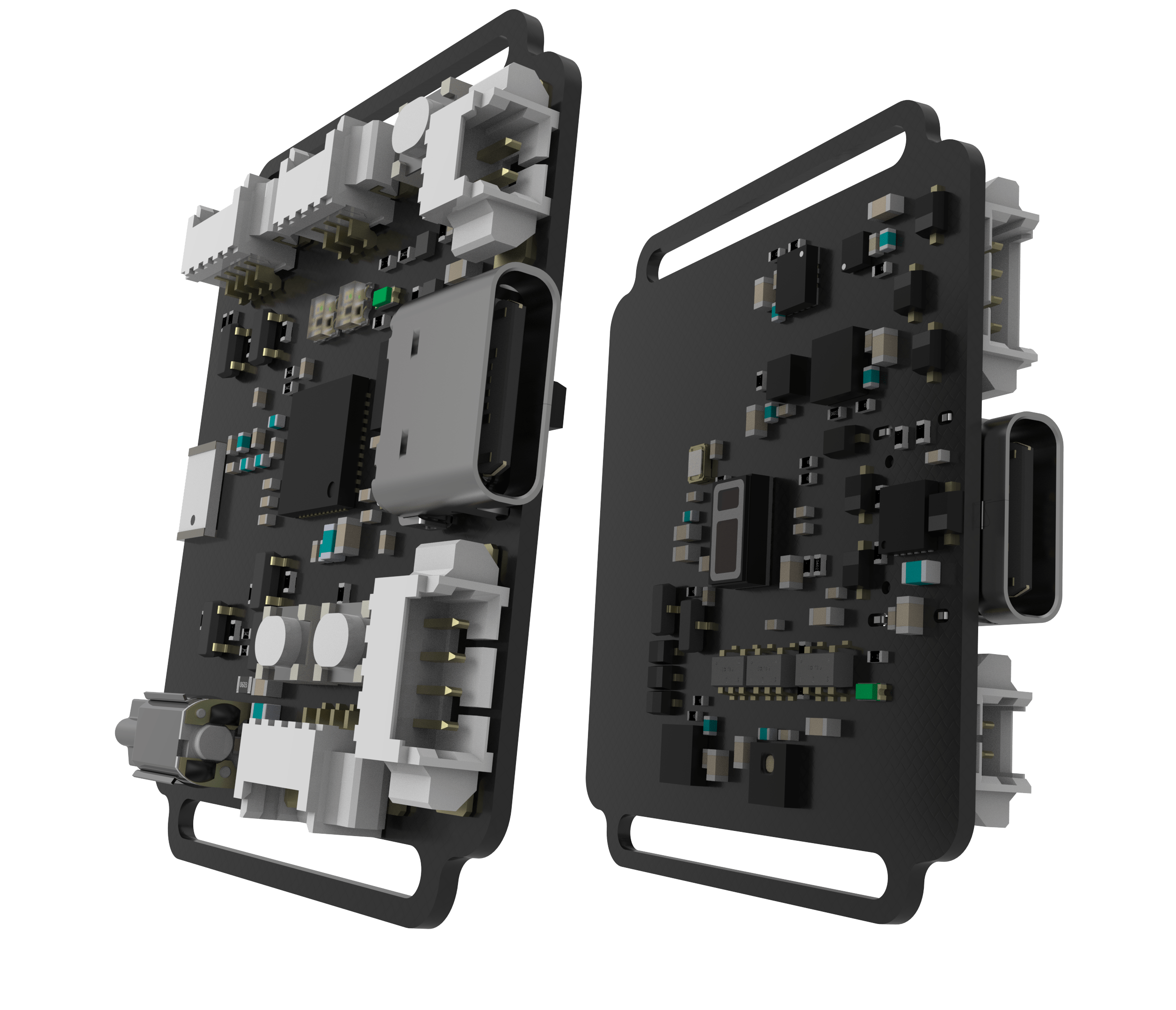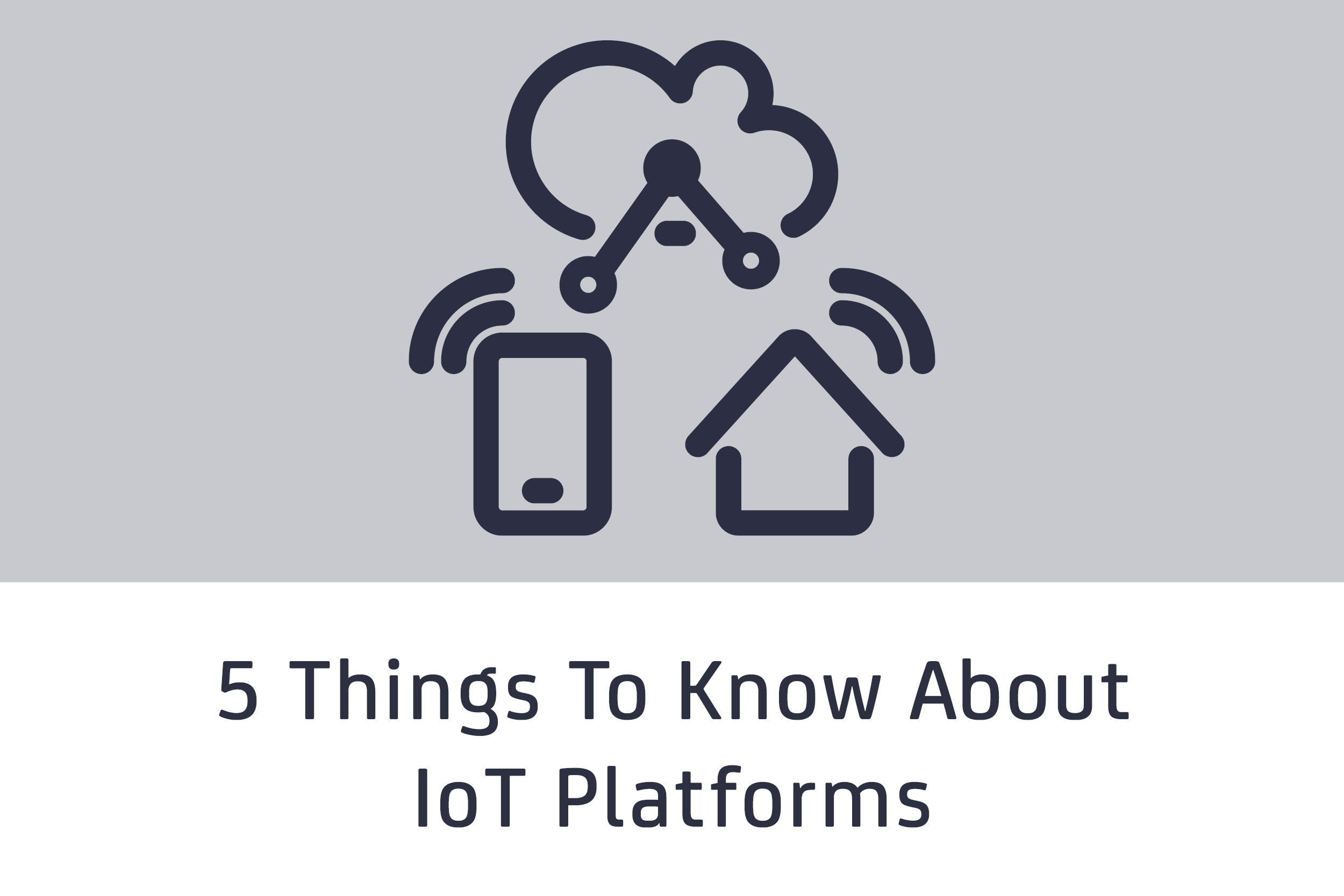Remote IoT Platform Tutorial: Your Ultimate Guide To Mastering IoT Remotely
So, you’ve probably heard about IoT or Internet of Things, right? It’s that buzzword everyone’s talking about these days. But what happens when you want to manage and control IoT devices from miles away? Enter the remote IoT platform. This isn’t just some fancy tech term—it’s your ticket to revolutionizing how you interact with smart devices, no matter where you are. Whether you’re a tech enthusiast, developer, or someone curious about the future of connectivity, this remote IoT platform tutorial is here to break it all down for you.
Now, imagine this scenario: You’re chilling at home, but you want to check if the lights are off at your office across town. Or maybe you’re monitoring the temperature of a remote server farm located in another country. With a remote IoT platform, all of this becomes possible with just a few taps on your smartphone or clicks on your laptop. Sounds cool, right?
Before we dive deep into the nitty-gritty of remote IoT platforms, let’s get one thing straight: This isn’t just about convenience. It’s about efficiency, scalability, and creating smarter systems that work seamlessly. Stick around because this tutorial is packed with insights, tips, and practical advice to help you harness the full potential of remote IoT technology.
- The Future Of Cars Exploring Innoson Motors Prices Amp Models Now
- Unlock Financial Freedom Dave Ramsey Mortgage Calculator Guide Tips
What Exactly is a Remote IoT Platform?
A remote IoT platform is essentially the brain behind all those smart devices you love. Think of it as a centralized system that allows you to manage, monitor, and control IoT devices from anywhere in the world. It’s like having a remote control for your entire digital ecosystem. These platforms typically offer features like real-time data collection, device management, and analytics—all accessible through an intuitive interface.
Why Remote IoT Platforms Matter
Here’s the deal: In today’s fast-paced world, businesses and individuals need solutions that are flexible and efficient. Remote IoT platforms provide just that. They enable you to:
- Monitor and manage devices remotely, saving time and resources.
- Collect and analyze data in real-time for better decision-making.
- Scale your IoT infrastructure effortlessly as your needs grow.
Whether you’re running a small smart home setup or managing a massive industrial IoT network, a remote IoT platform can streamline your operations and make your life a whole lot easier.
- Discovering Penay What It Is Its History Cultural Impact
- Alert Has Ramen Noodles Been Recalled Safety Guide Tips
Key Features of Remote IoT Platforms
Now that we know what a remote IoT platform is, let’s talk about its key features. These platforms are packed with functionalities designed to enhance your IoT experience. Here are some of the most important ones:
Device Management
This is where the magic happens. With device management, you can add, configure, and update IoT devices from a single dashboard. No more running around trying to manage each device individually. You can even set up automated rules to ensure everything runs smoothly.
Data Collection and Analytics
Data is king in the IoT world, and remote IoT platforms make it easy to collect and analyze it. From tracking energy usage to monitoring environmental conditions, these platforms provide valuable insights that help you optimize your systems.
Security Features
Security is a big deal when it comes to IoT, and remote platforms have got you covered. They offer features like encryption, authentication, and access control to ensure your data and devices are protected from unauthorized access.
Choosing the Right Remote IoT Platform
With so many options out there, choosing the right remote IoT platform can be overwhelming. But don’t worry—we’ve got you covered. Here are some factors to consider when making your decision:
- Scalability: Can the platform grow with your needs?
- Integration: Does it integrate with other systems and tools you use?
- Cost: Is it affordable and worth the investment?
- Support: Does the provider offer reliable customer support?
By evaluating these factors, you can find a platform that aligns with your goals and budget.
Setting Up Your First Remote IoT Platform
Ready to get started? Setting up a remote IoT platform might sound intimidating, but with the right guidance, it’s totally doable. Here’s a step-by-step guide to help you through the process:
Step 1: Choose Your Platform
As we discussed earlier, selecting the right platform is crucial. Do your research and pick one that suits your requirements.
Step 2: Register and Configure
Once you’ve chosen a platform, register for an account and configure your settings. Most platforms offer user-friendly interfaces that make this process a breeze.
Step 3: Connect Your Devices
This is where the fun begins. Connect your IoT devices to the platform and start managing them remotely. Follow the platform’s instructions to ensure everything is set up correctly.
Best Practices for Using Remote IoT Platforms
To get the most out of your remote IoT platform, here are some best practices to keep in mind:
- Regularly update your devices and platform software to ensure security and performance.
- Monitor your data usage and storage to avoid unexpected costs.
- Document your setup and configurations for future reference.
By following these tips, you can maximize the benefits of your remote IoT platform and avoid common pitfalls.
Real-World Applications of Remote IoT Platforms
Now that you know how to set up and use a remote IoT platform, let’s explore some real-world applications. These platforms are being used in a variety of industries to solve complex problems and improve efficiency.
Smart Homes
From controlling lighting to monitoring security cameras, remote IoT platforms are transforming the way we live. You can manage your entire home ecosystem from anywhere, making life more convenient and secure.
Industrial Automation
In manufacturing, remote IoT platforms are used to monitor production lines, track inventory, and optimize workflows. This leads to increased productivity and reduced downtime.
Healthcare
Remote patient monitoring is becoming increasingly popular, thanks to IoT platforms. Doctors can track vital signs and other health metrics in real-time, improving patient outcomes.
Challenges and Considerations
While remote IoT platforms offer numerous benefits, they also come with challenges. Here are a few things to consider:
Security Risks
As with any connected system, security is a concern. Make sure your platform has robust security features and follow best practices to protect your data.
Bandwidth Limitations
Remote IoT platforms require a stable internet connection. If your bandwidth is limited, it could affect performance. Plan accordingly to ensure smooth operations.
Tips for Maximizing Your Remote IoT Platform
Want to take your remote IoT platform to the next level? Here are some tips to help you get the most out of it:
- Explore advanced features like machine learning and AI to enhance your platform’s capabilities.
- Collaborate with other users and developers to learn new tricks and techniques.
- Stay updated on the latest trends and technologies in the IoT space.
By continuously learning and adapting, you can stay ahead of the curve and make the most of your remote IoT platform.
Future Trends in Remote IoT Platforms
So, where is the future of remote IoT platforms headed? Here are a few trends to watch out for:
- Edge Computing: Processing data closer to the source for faster insights.
- 5G Connectivity: Enabling faster and more reliable connections for IoT devices.
- Sustainability: Platforms focusing on reducing energy consumption and environmental impact.
These trends promise to make remote IoT platforms even more powerful and efficient in the years to come.
Conclusion: Your Journey with Remote IoT Platforms
Well, there you have it—your ultimate guide to mastering remote IoT platforms. From understanding what they are to setting them up and exploring their applications, we’ve covered it all. Remember, the key to success lies in choosing the right platform, following best practices, and staying updated on the latest trends.
Now, it’s your turn to take action. Whether you’re building a smart home, automating a factory, or revolutionizing healthcare, remote IoT platforms offer endless possibilities. So, why wait? Dive in and start exploring the world of remote IoT today. And don’t forget to share your experiences and insights with us in the comments below!
Table of Contents
- What Exactly is a Remote IoT Platform?
- Key Features of Remote IoT Platforms
- Choosing the Right Remote IoT Platform
- Setting Up Your First Remote IoT Platform
- Best Practices for Using Remote IoT Platforms
- Real-World Applications of Remote IoT Platforms
- Challenges and Considerations
- Tips for Maximizing Your Remote IoT Platform
- Future Trends in Remote IoT Platforms
- Conclusion: Your Journey with Remote IoT Platforms
- Discover The Untold Story Of Jon Sedas Rise To Fame
- Shawn Ashmore From Xmen Star To Versatile Actor Life Career

IoT Platform For Wearables — AJProTech

5 Things To Know About The IoT Platform Ecosystem

Enterprise IoT Platform IoT Service Platform IoTConnect USA